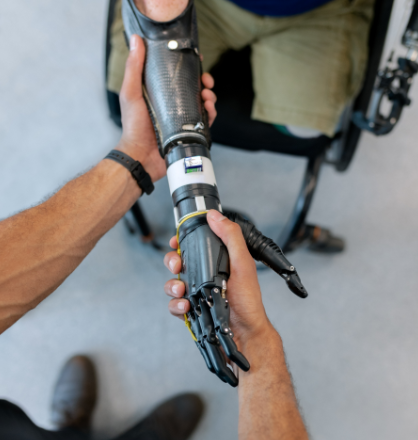Scalability:
Cloud-native apps are scalable; they can be scaled up and down according to requirements. The apps can be dynamically managed to ensure that the resources are efficiently utilised.
Microservices:
Every cloud-native app can be broken down into microservices. These are a core component of the architecture of cloud-native apps. Each microservice is a self-sufficient mini-program that has its own application logic and data store, all created to carry out a sole business function. The microservices are built to co-operate with each other and are accessed as a single application to the end customer.
Resiliency:
These apps are resilient; if there are failures and outages, these apps can survive them. These apps can exploit the Disaster recovery mechanisms and automated failover of the cloud.
Developed using the best-of-breed framework and language:
Every service that a cloud-native app offers is developed with the framework and language that is best suited for its functionality. Services may use various runtimes, frameworks, and languages.
Use of APIs:
Cloud-native apps are centered on lightweight APIs (application programming interface) based on representational state transfer (REST) protocols and the like, which exposes their functionality. APIs are critical in cloud-native app development as they help secure endpoints and furnish a layer of ecosystem management.
Composability:
With the help of APIs, cloud-native apps can be consumed by other applications with ease.

















